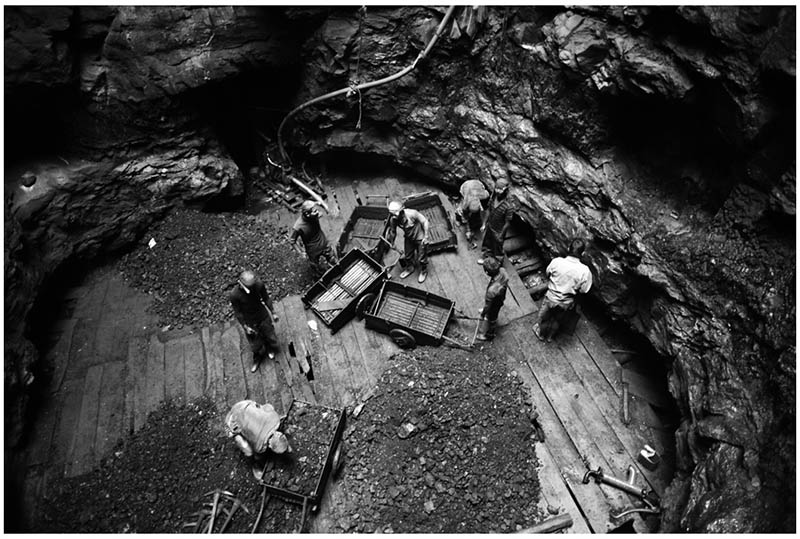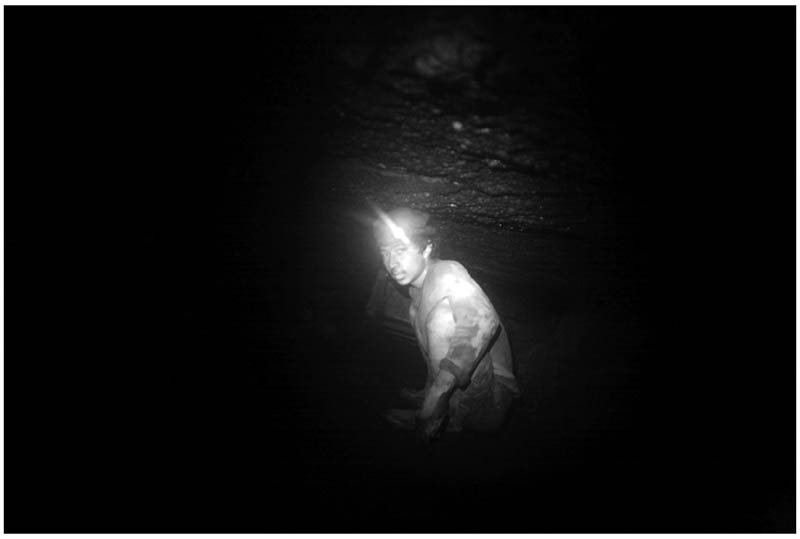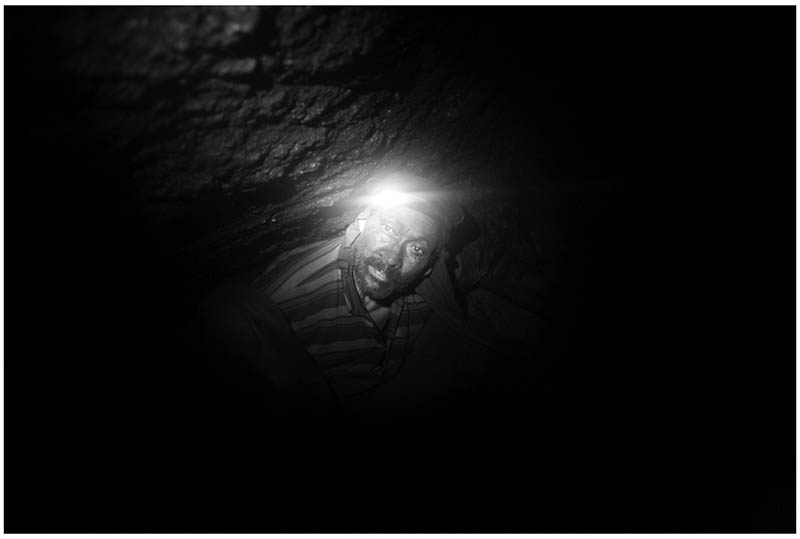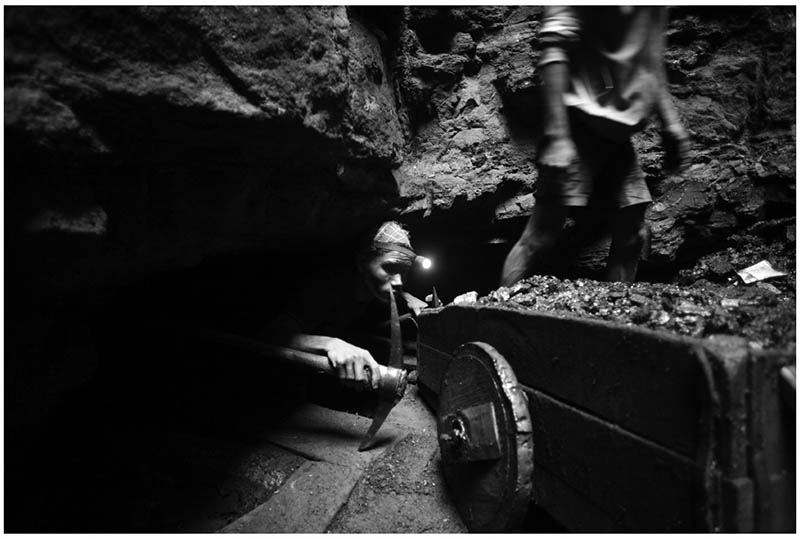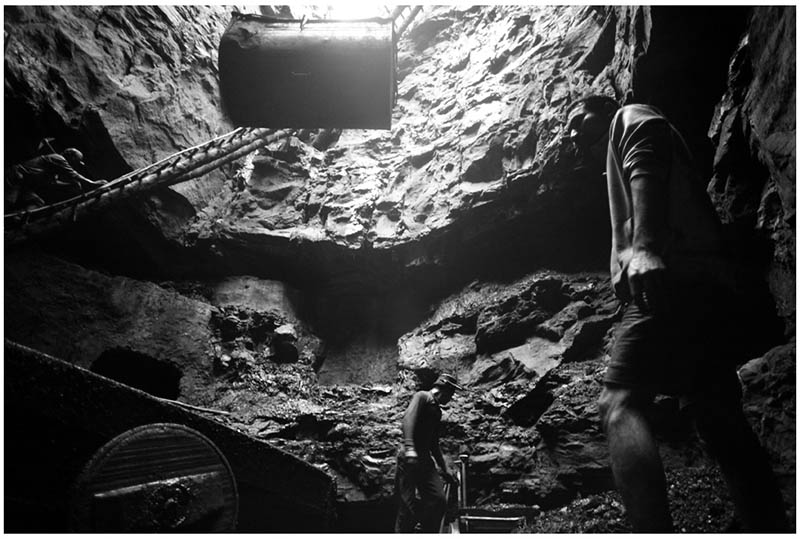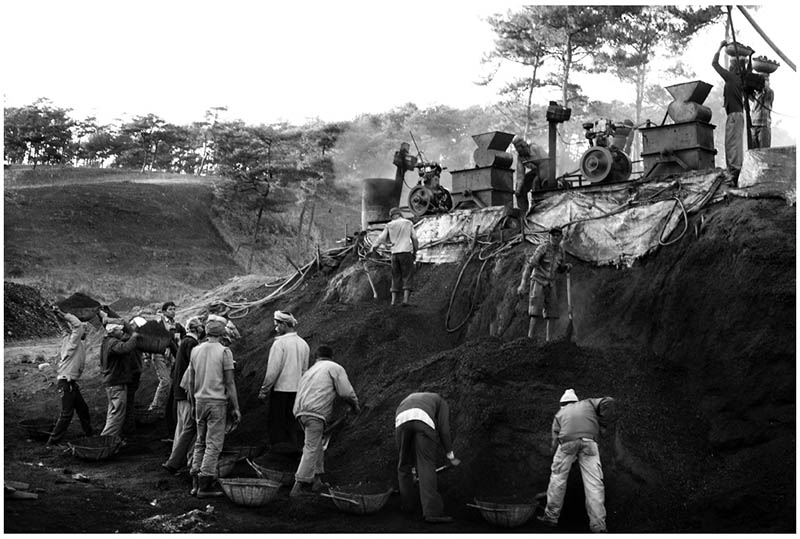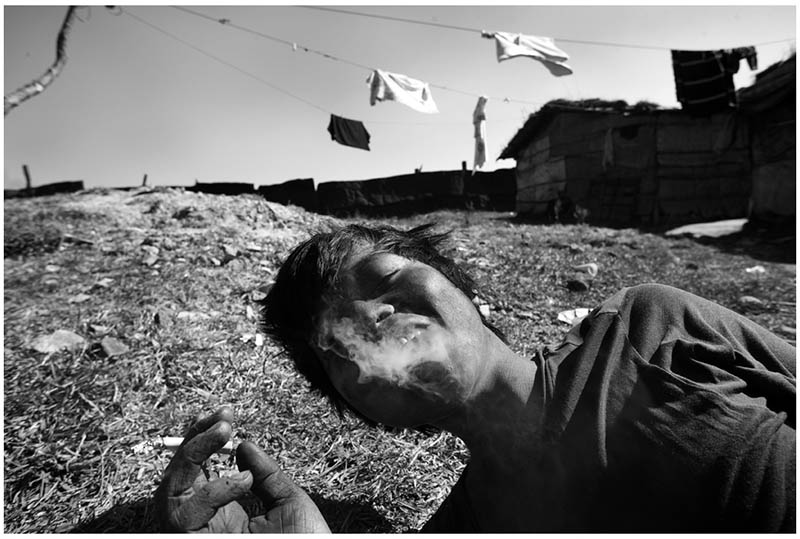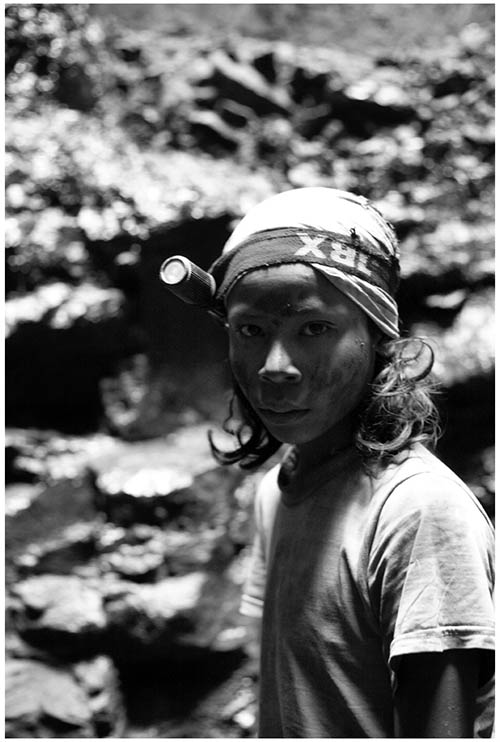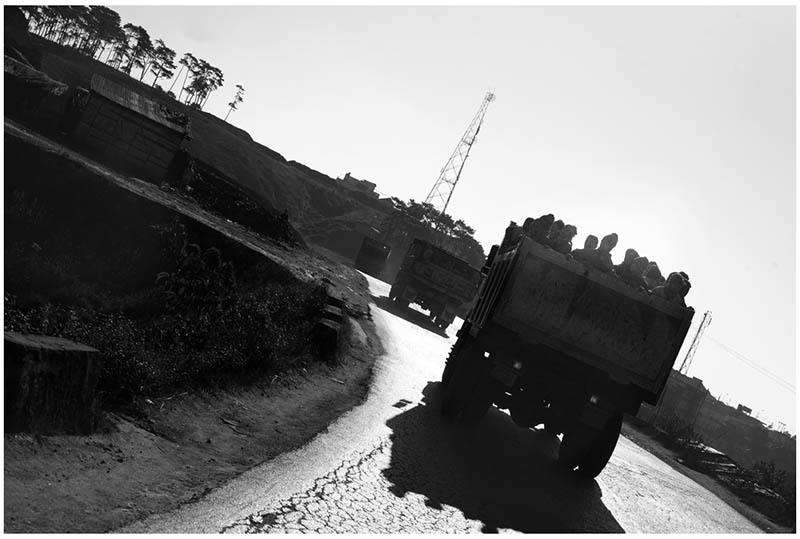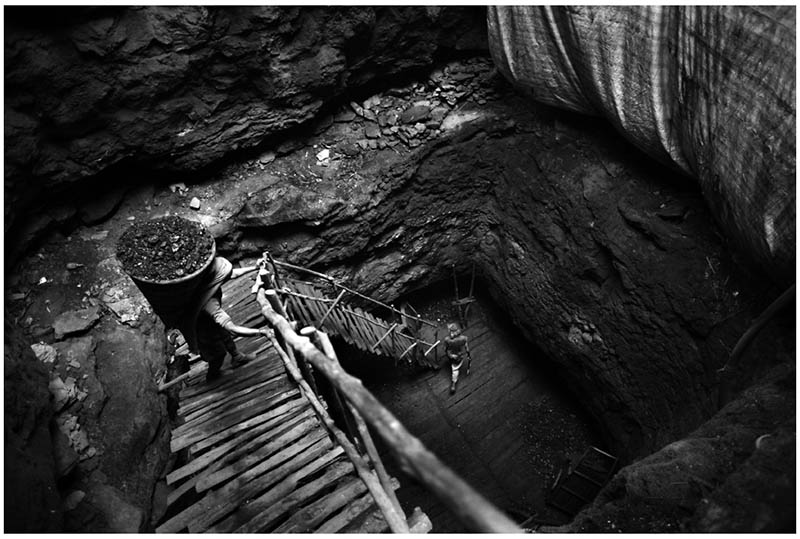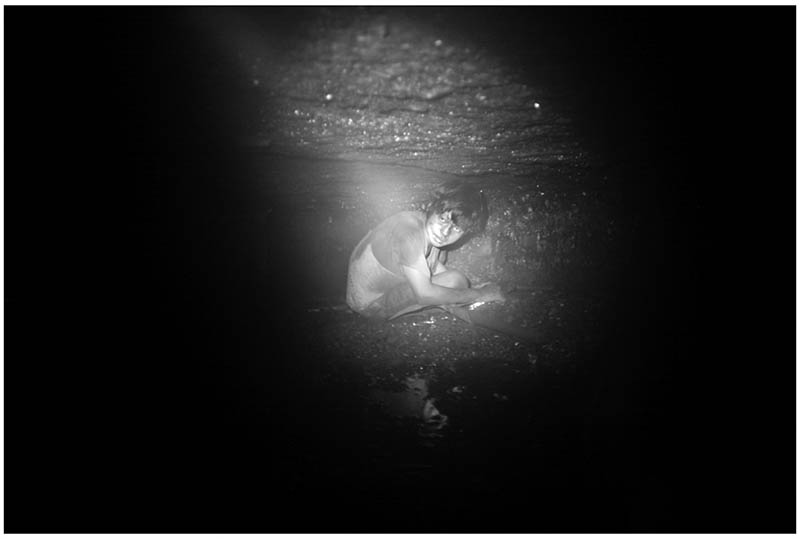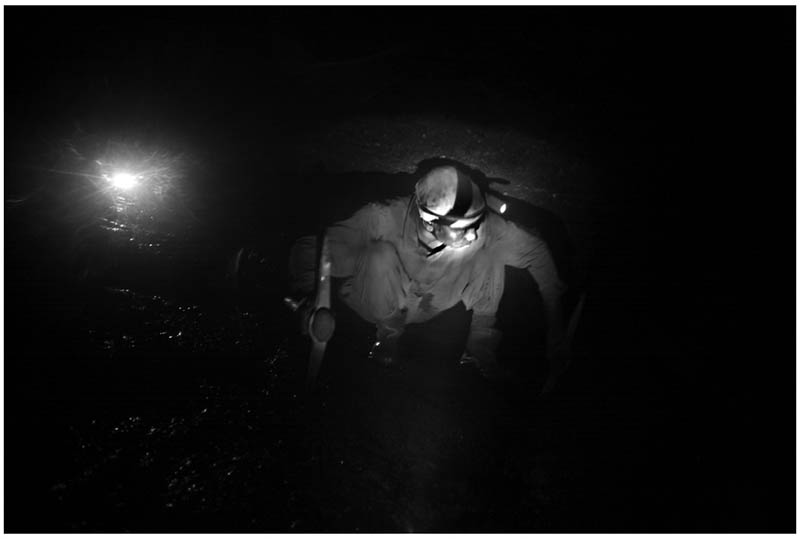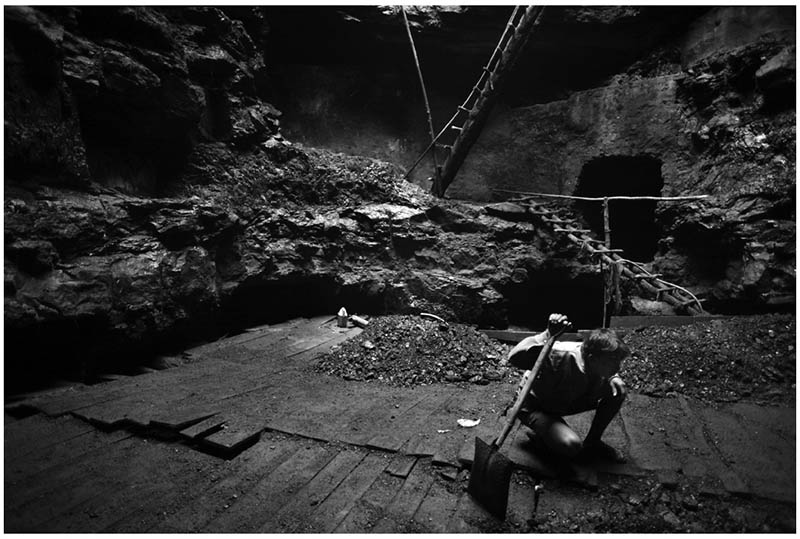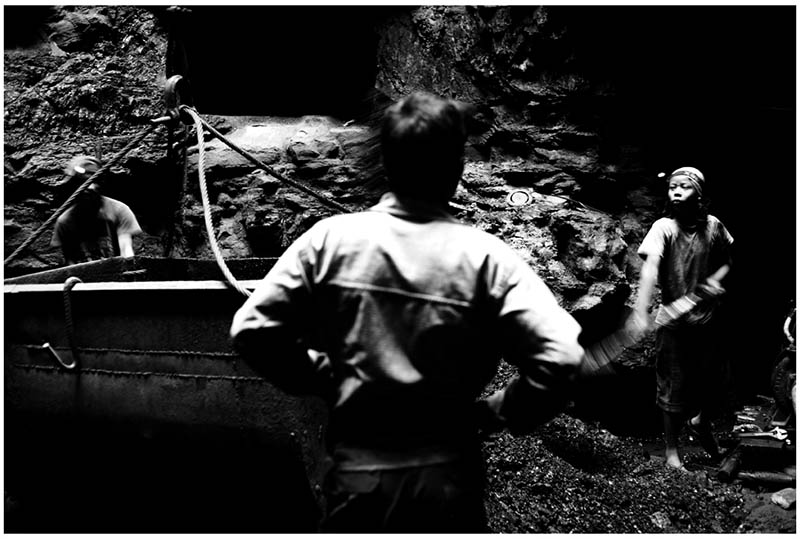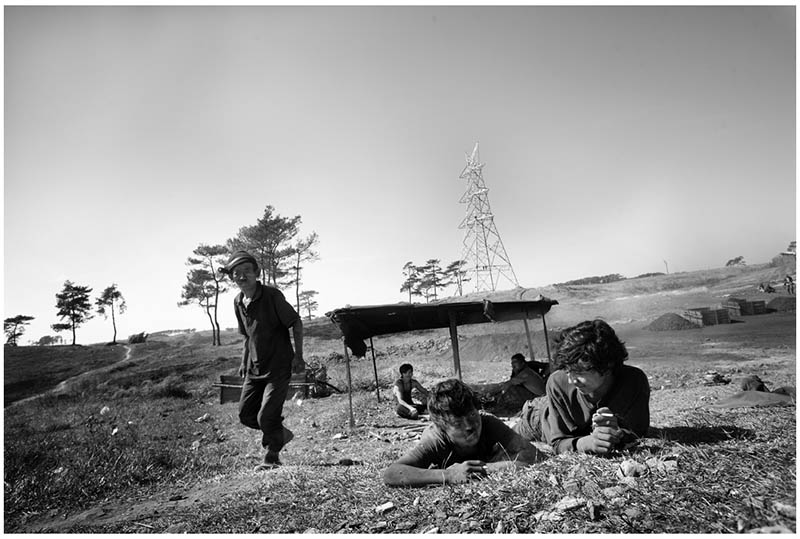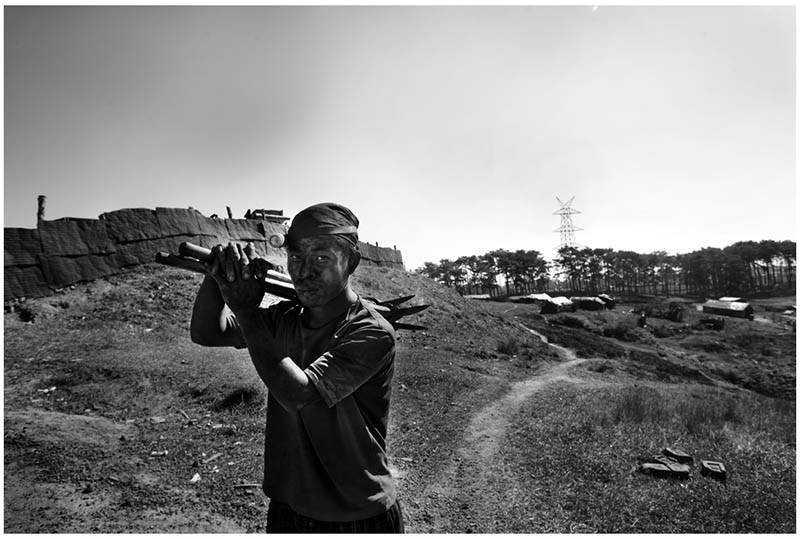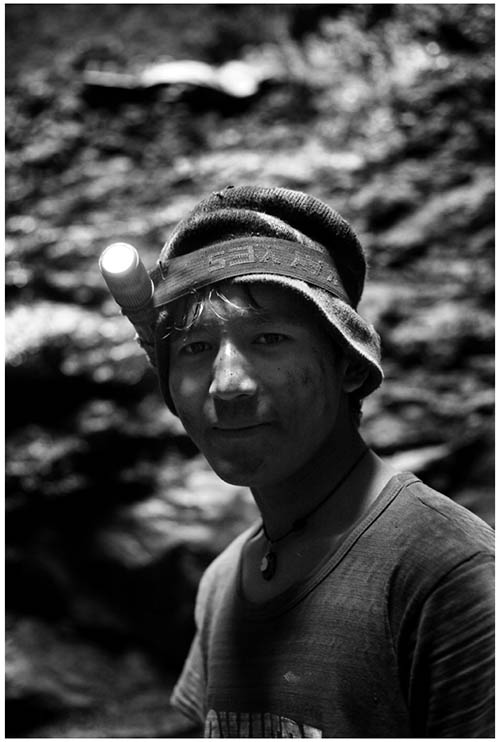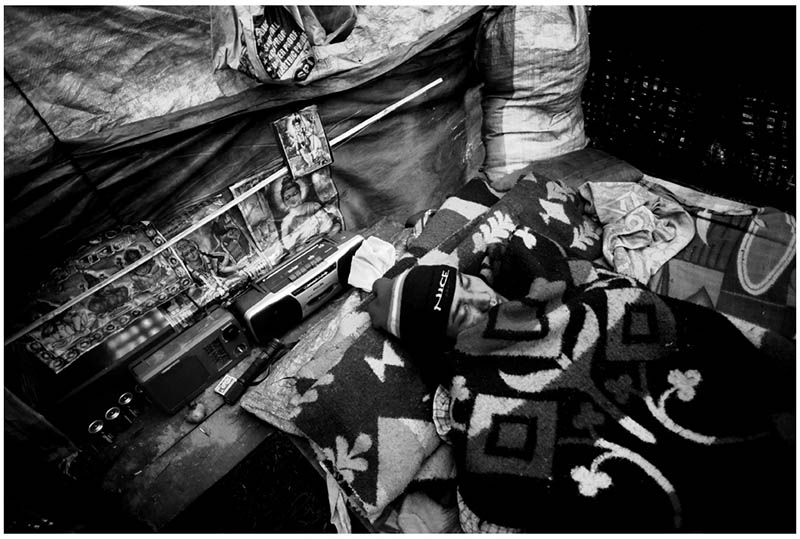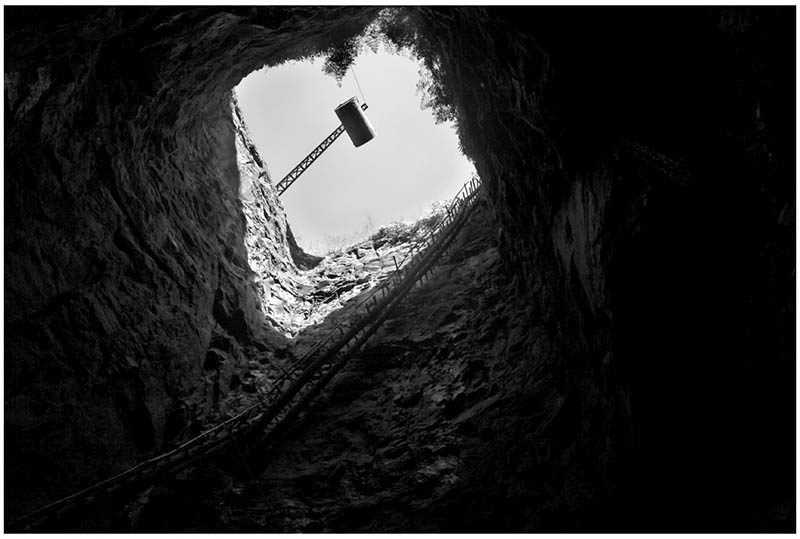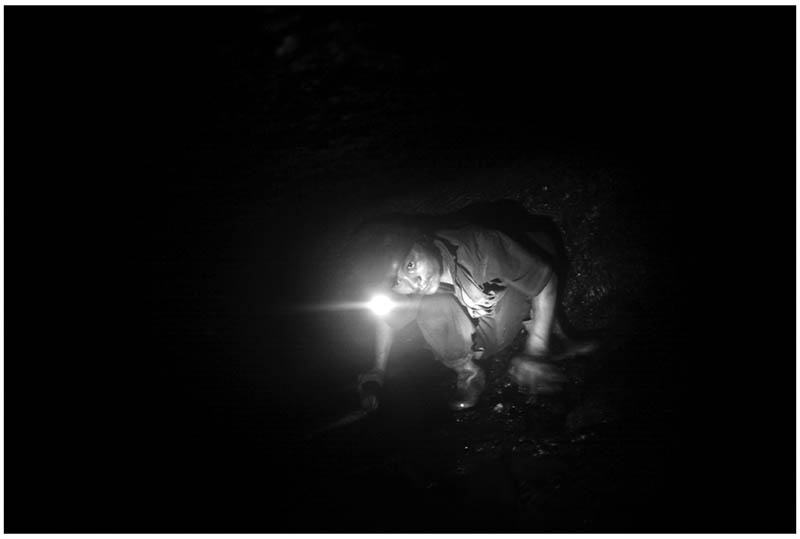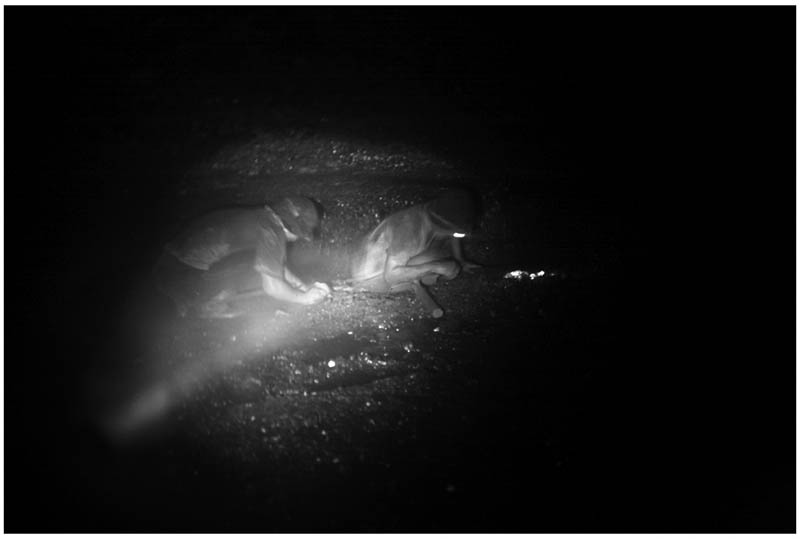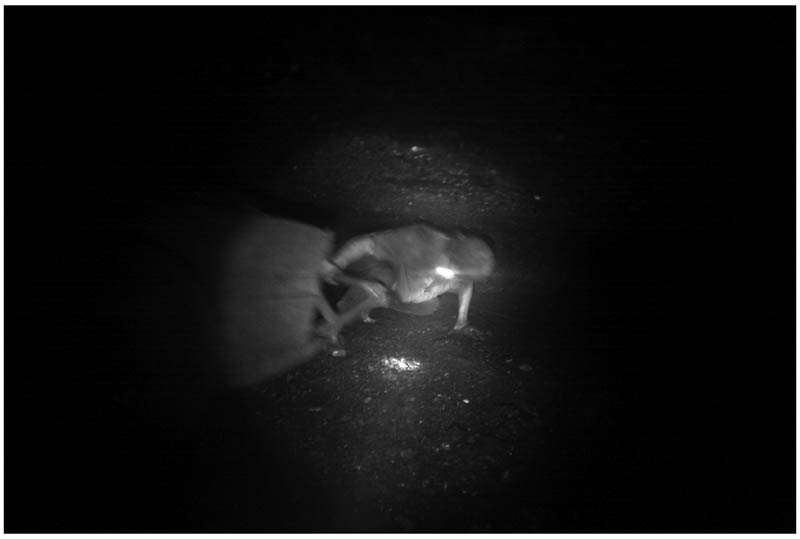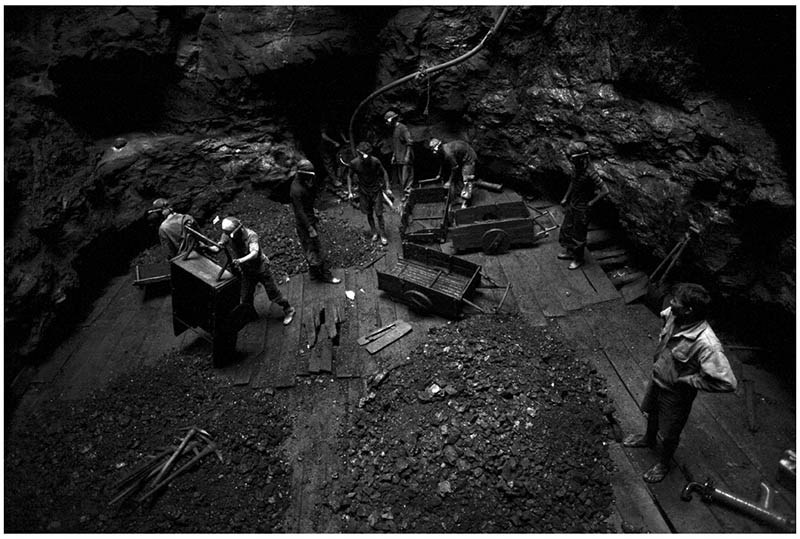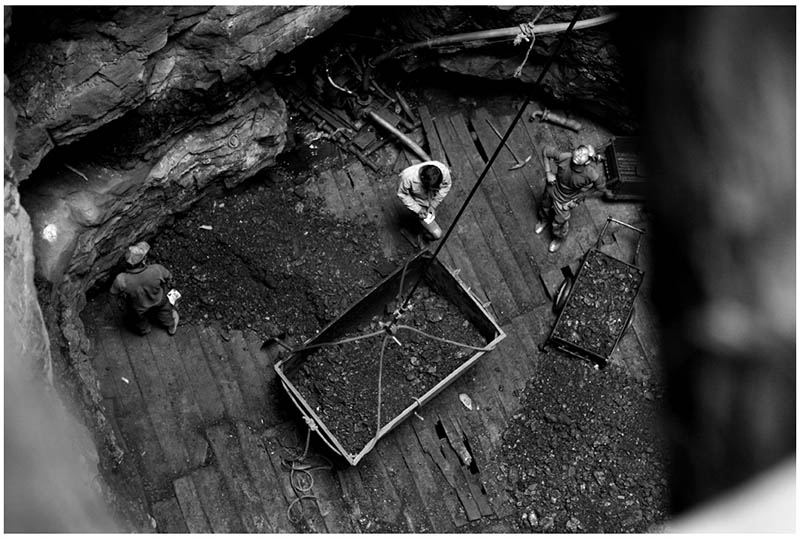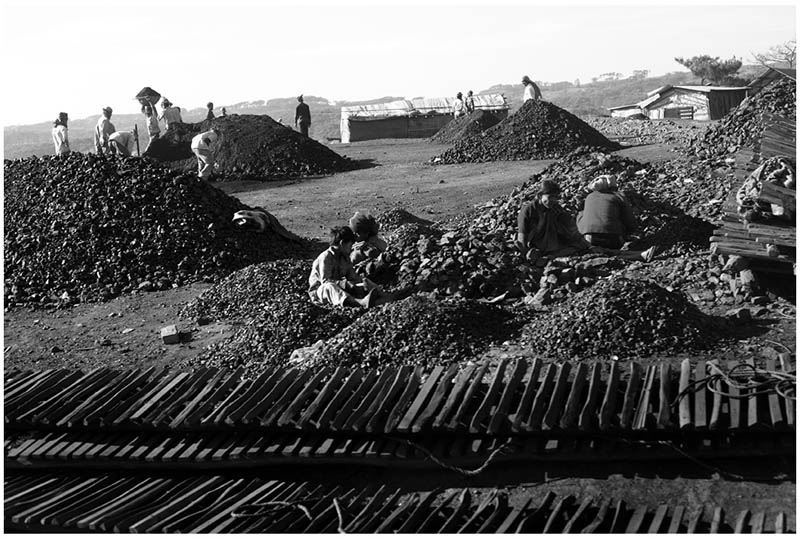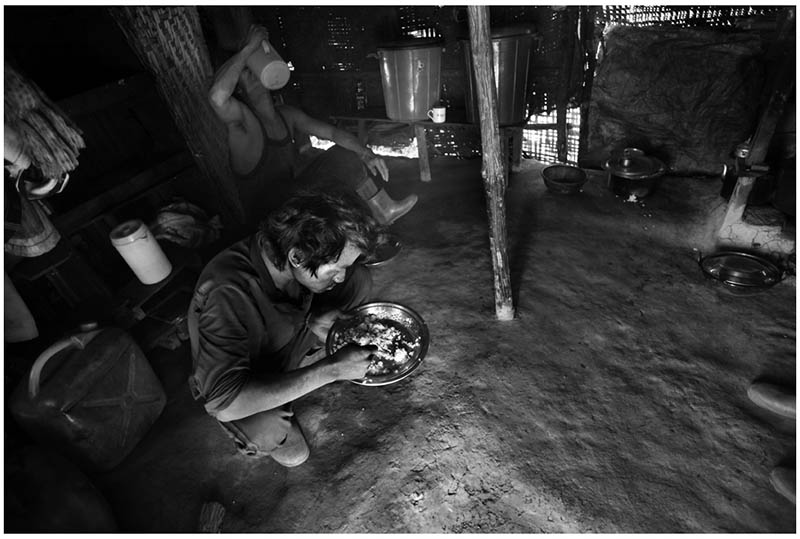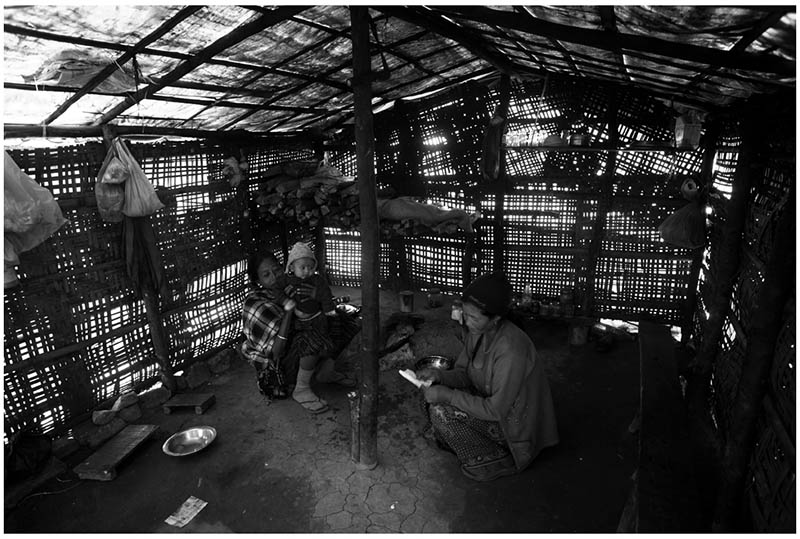Rat Hole Mining in Meghalaya, India
It is not widely known that about 70,000 children work as miners in the highly dangerous and suffocating coal mines of Meghalaya which line the Jaintia Hills of Northeast India.
The child miners descend into the mines using un-sturdy makeshift ladders made only from branches. Once descended they scramble sideways into “rat-hole” shafts – so small that even kneeling is impossible. Lying horizontally on the ground they hack their way through with picks and bare hands. Their faces become blackened by coal as do their lungs. Grinding away for hours, dragging a small cart half the size of a coffin, they crouch back to the mouth of the mines where a clerk awaits giving credit for their work. For every cart of coal filled, they receive 800 Rupees (about $18 USD). It takes a number of children working as a team to fill the carts so the money is divided among many. On a good day, the child miners can earn up to 200-300 Rupees per day (about $6 USD).
The Jaintia Hills are known for unauthorized mining. Alarmingly, as the price of coal rises, the mines are more than ever served by an increasingly young workforce. These minors who range from seven to seventeen years of age are preferred due to their small bodies fitting into the narrow coal mines. Although there are no official statistics of the exact number of children working in these illegal mines, NGOs estimate that there could be up to 70,000 children from Nepal, Bangladesh, Assam, Bihar, and Jharkhand working as child miners. The government does not dispute these figures.
Most of the children end up working in the rat mines because of extreme poverty. Middlemen working for the mines promote the Jaintia Hills to families as a beautiful place to work and make promises of good earnings for the children. Sadly, nothing could be further from the truth. In order for these children to earn the kind of money that they dream of, they will need to descend to the bottom of steep chutes – up to 180 feet deep into the ground. Unaware of the perils of using hazardous ladders – slimy with moss and soaked from the rain; a mere slip of the foot would inevitably mean plunging to death. At the end of these shaky ladders resembling coiled like snakes, they crawl around like moles on the ground in the dark. Working in such confined spaces, two feet high and 1,500 feet long, it is only possible for the children to work horizontally and they inevitably experience claustrophobia. With only a pickaxe and a torch for tools, they scratch coal from the hard stone. Conditions in these hostile pits are perilous and the sudden onset of rain, a tipped cart, or a falling rock can ultimately lead to their death.

